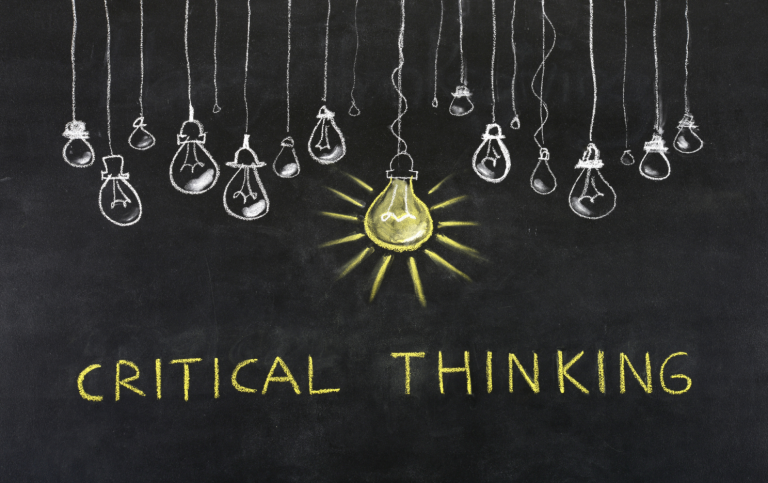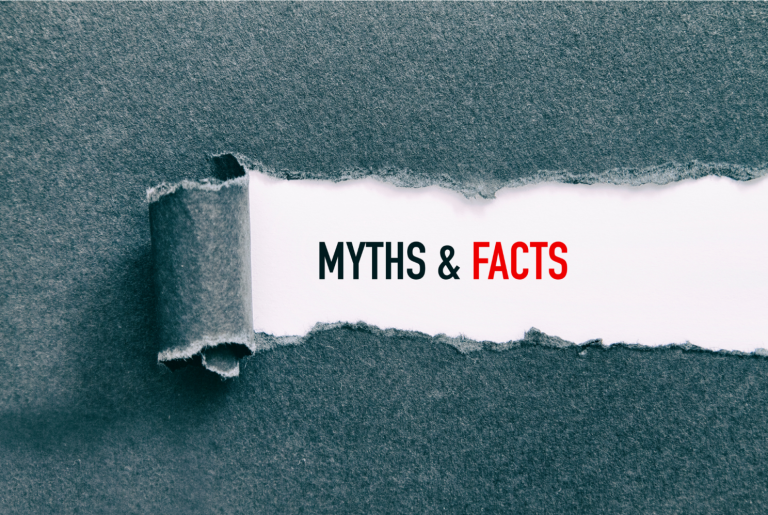There have been many urban legends – whether in folklore or in professional lives.
This may be the most famous urban legend in the UK! Storytellers say if you look in the mirror and say “Bloody Mary! Bloody Mary! Bloody Mary”, something might happen — although what exactly changes with each retelling. Over the years, the legend has changed, as people once believed that if an unmarried woman said the three words, she would either see the face of her future husband or, if she saw a skull, she would die single!

Another often misinterpreted statement about communication is that words constitute only 7% of communication while the remaining 93% is made up of either body language or voice modulation. This is a classic example of how few such misfired statements and references in a few papers soon come to be taken as truth – a quintessential example of how a lie told a thousand times becomes a truth.

It also exposes how some of us tend to be pulled by confirmation bias. We somehow have that inkling that this is true, or instead, this has to be true, and then you go out searching for that proof to back it up. You then find some references in some research papers that cement your bias. However, we hardly analyse these things critically. Can we challenge the biases that we may have developed over our lives? Should we challenge them is the critical question?

“Most of us believe that we are ethical and unbiased. We imagine we’re good decision makers, able to objectively size up a job candidate or a venture deal and reach a fair and rational conclusion that’s in our, and our organisation’s, best interests, but more than two decades of research confirms that, in reality, most of us fall woefully short of our inflated self-perception.” – [Mahzarin Banaji in the Harvard Business Review]

The danger is that we are not even aware that we are being driven by the various biases we have gathered during our lives – such as conformity bias, beauty bias, affinity bias, halo effect, horns effect and so on. These cloud our judgement and affect our decision-making processes in various ways, such as our perception, attitude, behaviours, etc. Therefore, under the influence of these bias/es, should we say that the conclusion we reach is the optimum one? Probably not.
Coming back to the 7% urban legend. Where did it originate, and why is it such a myth?

In the 1960s, Professor Albert Mehrabian and colleagues at the University of California, Los Angeles (UCLA) studied human patterns to discover how information can be conveyed in a single word. It had nothing to do with speech in particular or communication in general.
In this study, the subjects were asked to listen to a voice recording of a woman saying the word “maybe” in three different ways to convey the feelings of liking, neutrality and disliking.
Then they were shown the photos of the woman’s face conveying the same three emotions. They were then asked to guess the emotions heard in the recorded voice, seen in the photos, and both together. The result? The subjects correctly identified the emotions from the photos 50% more often than the voice. This explains the body language aspect of it.
In the second study, they were made to listen to similar types of words conveying similar feelings pronounced in three different ways. When asked to guess the emotions, they were more influenced by the tone of the voice rather than by the words themselves.
Prof Mehrabian combined these studies and concluded that as far as his study is concerned communication is only 7% verbal and 93% non-verbal (body language – 55% and tone of voice – 38%). Unfortunately, as with Chinese whispers, this got quoted by subsequent papers by other researchers, with each of them adding their own spice and twist to it, and we have now reached that level where we have no clue about the root study itself.
If we analyse these two studies carefully, we will soon realise that it was a very narrow and focused study with the aim of finding out our reactions to one-word communication. Therefore, these types of studies cannot be extrapolated to cover the entire spectrum of communication. Moreover, if you want to prove anything scientifically, the sample size must be statistically significant – you cannot make “rules” just based on two studies. At least a sample size of 1000 or more with subjects from different age groups, gender, and demography should be considered, and for it to be a “rule” or a “law”, everyone needs to be reaching the same conclusion – without exception.
Moreover, even if we were unaware about this background, we should still be able to analyse what this means in reality. This is where the sharp incisive tool of Critical Thinking comes to aid to rip apart our various biases and see with clarity. Say in a speech of 10 minutes, if words counted for only 7%, then does it mean that you would be speaking only for 42 seconds? Really? So, what do you do for the rest of the 9 minutes and 18 seconds? Mimic, act? Even the mono acts or drama artists would have more words than speech. In terms of words, if a 10-min speech is, say, 1200 words, then you have got to prepare a speech of only 84 words, and you should be flying through your speech if we go along with this so called “rule”!
So, what do we conclude from this study by Prof. Mehrabian. Nothing really. The speech has got to be constructed with serious study, and the content should be meaningful. It has just become fashionable to say that what you say does not matter, but how you say is what matters. Of course, how you say is also essential, but I think it is more of a secondary or rather in auxiliary supporting role rather than in a main protagonist role.

Watch any speeches on leading platforms such as TED or Toastmasters International, and you will soon realise that you cannot get away with the need for genuine and authentic content that is expressed through words. However, you can indeed adorn it with tone and gestures. However, what percentage should we attribute to what aspect is definitely a case study for a communication research fellow?

We still remember the famous speeches of Lincoln and Martin Luther King – we mainly have heard them and not seen them – but those words are true and still move us even today. So, Bottomline – do not discount words. They are as relevant today as they were when we started to talk.


